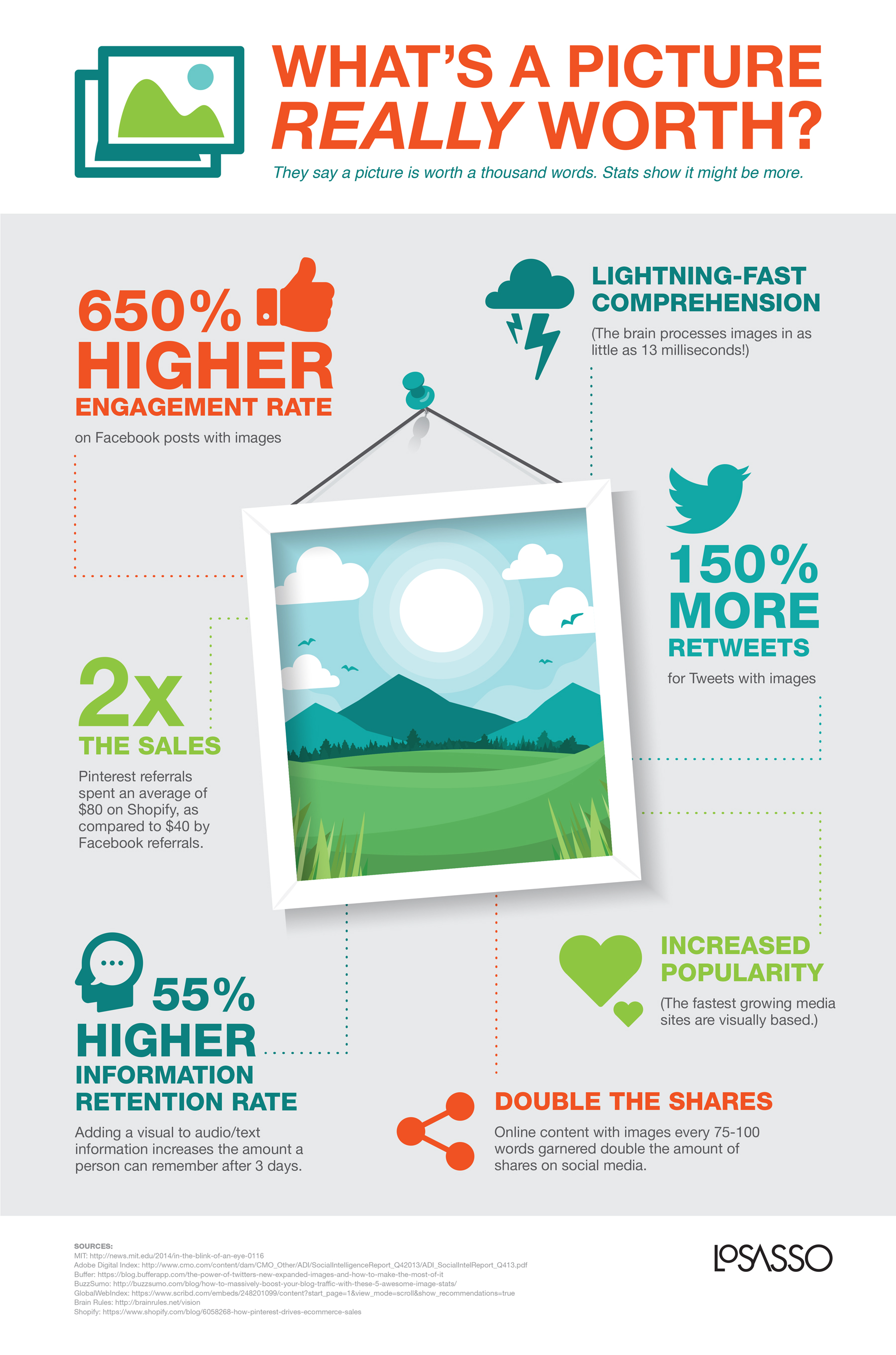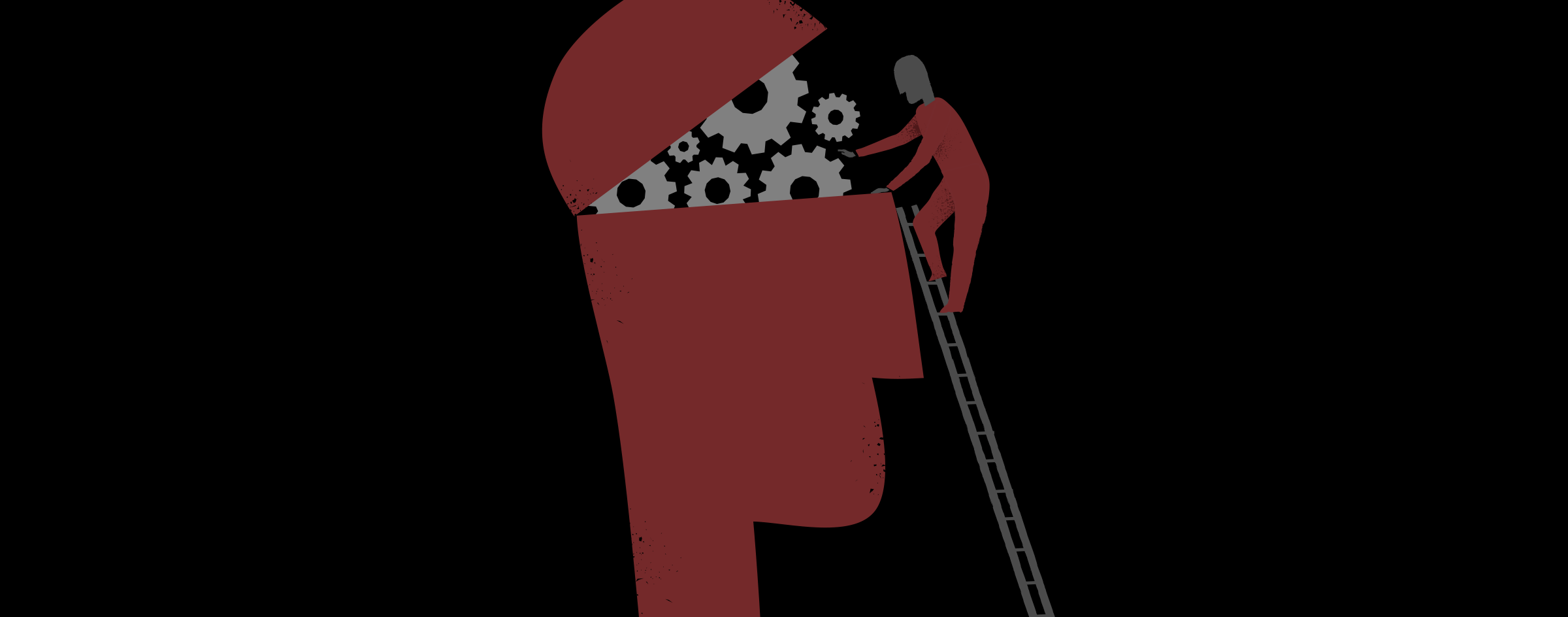In the time it takes you to read this sentence, chances are that your mind is already drifting.
If you’re still with us, congratulations! Your attention span is significantly longer than the average consumer’s. With that in mind, let’s not waste any more precious moments of captive concentration: Read on (if you can stand it) for simple ways to combat shrinking consumer attention spans.
Improve load times
It may seem obvious and yet many sites remain notoriously pokey. As John Stevens, writing in Adweek, makes abundantly clear: “faster is better; increasing your website speed will increase your traffic, social engagement toward your site and, most important, conversions.” The numbers bear him out. According to HostingFacts.com, a one-second delay in site loading time can result in a 7% loss in conversion. For a company the likes of Amazon, Stevens notes, this can “result in a loss of $1.6 billion annually.” What’s more, Google found that 53% of mobile site visitors abandon a page when it takes more than three seconds to load. On the flipside? Sites that load in five seconds or less see average session times increase 70%.
Optimize, optimize, optimize
With people moving through data so quickly, and rarely locking in to any one thing, search tactics play an even more critical role than before. After all, when a fish approaches your line you better be ready to set the hook. “The pages within your website, your content, and even your social media posts should be optimized for search,” notes Jonathan Lacoste, writing in Inc. One of the keys to improving search rankings is ensuring you have a mobile-friendly website. “Google updated its algorithms to favor sites that perform better on mobile devices,” he continues. “As a result, those sites will do better in organic search rankings and thus be viewed more by consumers.”
Personalize content
In terms of personalization, 86% of consumers say it plays a role in their buying decisions and 45% say they're more likely to shop on a site that offers customized recommendations. How to achieve this? As Lacoste notes, “brands can offer personalized experiences to consumers simply by asking them what they want. By asking questions of their shoppers, brands can learn more about them and personalize the experience in real-time — simultaneously engaging them and moving them further along the customer decision journey. Furthermore, as brands learn about their shoppers, they can offer them personalized rewards.”
Say it quick, say it well, say it with pictures
With all those 8-second attention spans scrolling and scanning your content, it’s imperative you both include key information upfront and begin with the end in mind—in other words, what you want them to take from the page. Making readers scroll to far for the takeaway is an invitation to move on. It’s also critical to avoid large blocks of text—break things up with heads and subheads, interesting fonts, bullets, graphs, images, pullouts to make the content scannable and digestible. Notes copywriter Trevor Willingham, “content is everywhere at the push of a button or the flip of a page. If consumers feel it’s taking too long to get to the relevant information, they will go somewhere else to find it.” And if you can say things with a visual, all the better (check out our infographic, below, for some mind-blowing stats on the power of pictures).
So, to summarize … wait, what were we talking about?



